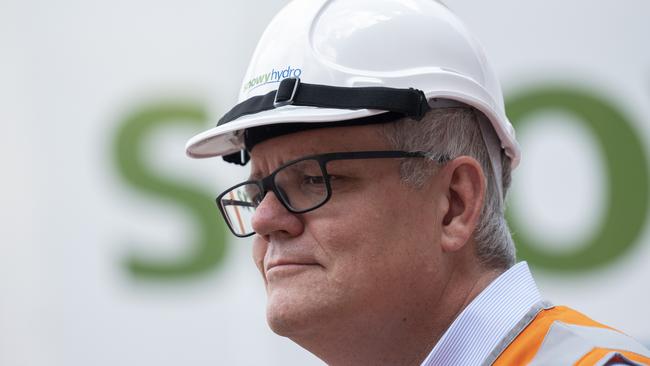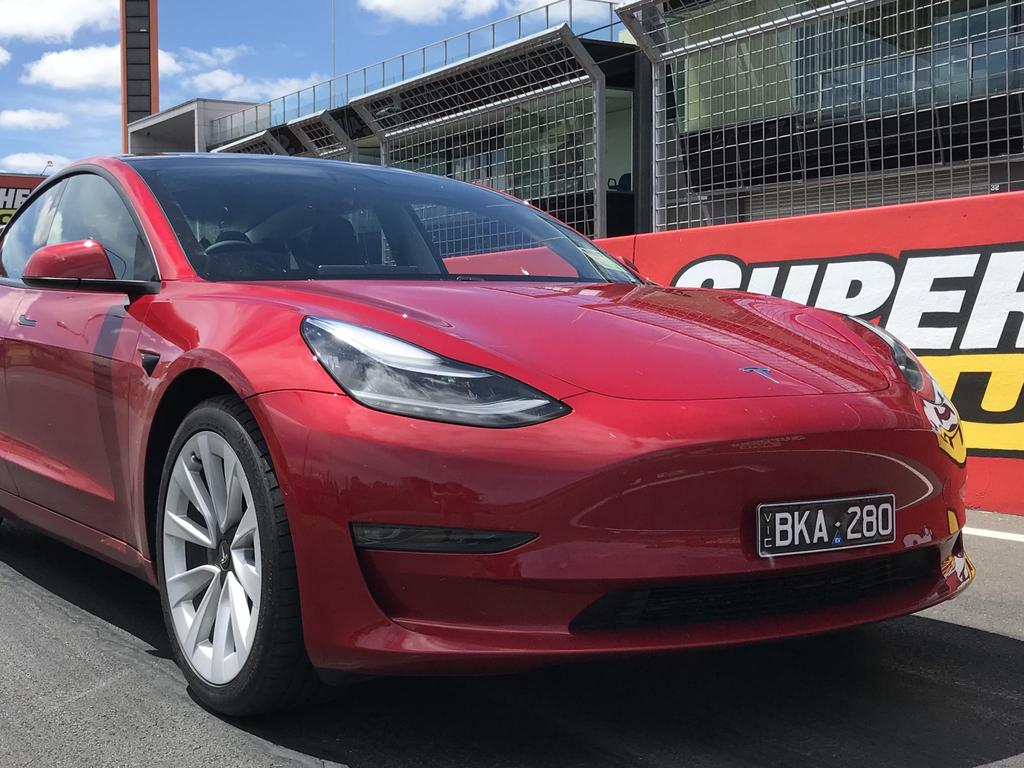
The Coalition demolition job on Bill Shorten’s 2019 election pledge to reduce emissions by 45 per cent – without a plan – helped decimate Labor in regional and outer-suburban seats.
The burning question for Morrison and his lieutenants ahead of next year’s election is whether repeating the scare campaign will work a second time around.
Under pressure from the private sector and capital markets who want investment certainty, as well as world leaders, Morrison adopted a net zero emissions by 2050 target. The government also shifted on electric vehicles, upgraded its 2030 emissions projections and ramped up low-emissions technologies investment.

The Coalition focus on climate change, which was influenced by the devastating 2019-20 bushfire season, has provided Albanese cover to sell an ambitious target.
Albanese tasked Chris Bowen with developing a climate change policy that was more ambitious than the Coalition’s but wouldn’t scare voters. He also demanded modelling to avoid a Shorten-style disaster.
The Opposition Leader has, so far, successfully avoided Coalition baits on tax cuts, climate change and national security.
But for all of his pragmatism, selling Labor’s climate change policy in regional and suburban Australia will not be a cake walk. City-dwellers underestimate the impact of climate change policy in regional communities.
The economic success of regional towns and cities has been built on generational jobs in the resources, agricultural and manufacturing sectors. The economic success of the nation has benefited from exports generated out of battleground regional and rural electorates. Voters in key swing seats like Herbert, Flynn, Capricornia, Hunter, Paterson, Braddon, Bass, Longman, Forde and Dawson worry about the impact of climate change policies on their families’ futures.
The duelling Labor and Coalition climate change policies will influence votes. After a 1-in-100 year pandemic, both parties expect climate change will not dominate next year’s election. But for some regional and cashed-up inner-city communities, climate change remains a factor.
Morrison and Taylor on Friday warned voters in Gladstone, Townsville, the Hunter Valley and Bell Bay about the perils of Labor’s 43 per cent target. In his press conference, Albanese and Bowen mentioned the Hunter, central Queensland, the Pilbara and Latrobe Valley.
Conversely, front of mind for both leaders are the inner-city and green-tinged seats of Brisbane, Kooyong, Goldstein, Higgins, Wentworth, Grayndler, Griffith, Macnamara, Sydney, Nicholls, Page, Richmond and Ryan.
Both parties are focused on a post-pandemic economy and the long-term recovery will be influenced by climate change targets and transformation of the nation’s electricity, transport, agricultural and resources sectors.








Scott Morrison and Angus Taylor are preparing an all-out assault on Anthony Albanese’s 43 per cent emissions cut by 2030 and how it will cost jobs and destroy the regions.